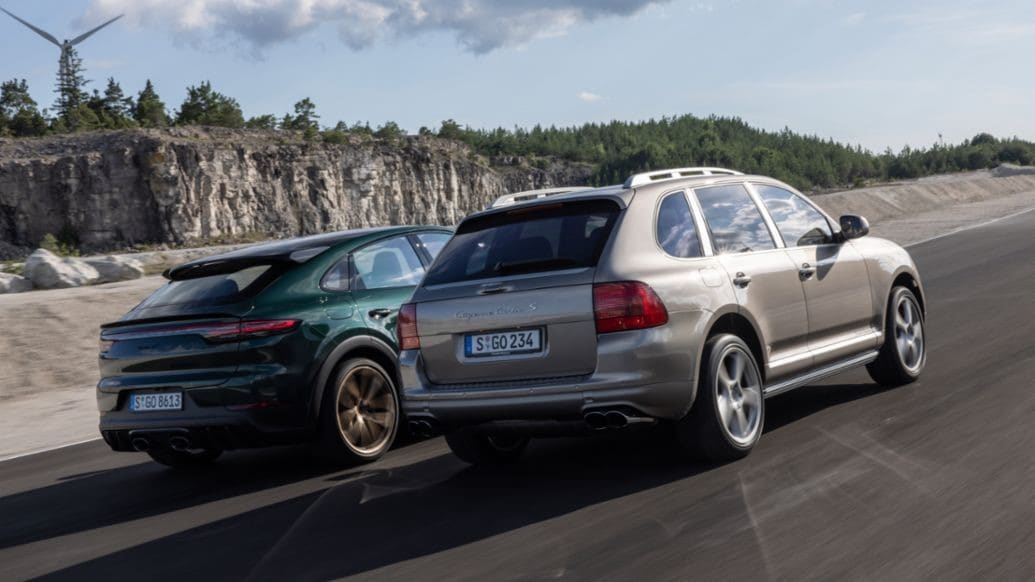
Porsche's sports cars have been legendary since the company's inception in 1931. Cars like the Porsche 911 have long been the standard for driving excellence, reliability, and excitement. However, while Porsche has been making rear-wheel drive, mid-engine sports cars for as long as any of us can remember, its entry into the SUV space was more recent. The Porsche Cayenne entered production in 2002, but the German manufacturer's entry into the space had been planned for years beforehand.
One of the main goals was to create a car that was still true to their roots as a sporting manufacturer, but also was capable of the all-terrain driving that consumers desired. When released, the first generation of the Cayenne Turbo was engineered for the highest performance possible. The 4.5 liter V8 in the top of the line model could produce 335 horsepower, in part due to the new engine technologies introduced by Porsche. VarioCam technology allowed up to 25 degrees of camshaft adjustment, and dry-sump lubrication allowed all parts of the engine to stay smooth and lubricated even under high stresses. In addition, Porsche Traction Management allowed the engine to adjust the distribution to the front and rear axles. While the car in its base mode used a 38:62 split, the car could switch all the way to a 100:0 or 0:100 split if needed.
Other developments that helped the car's off-road prowess included the Porsche Active Suspension Management system. PASM continuously regulates the damping forces and incorporates the condition of the road and the Cayenne driver’s driving style into its calculations. This was aided by the Cayenne's impressive road clearance of 8.5 inches. Combined, these features amount to a masterful culmination of Porsche's expertise in high performance sporting vehicles and exacting engineering to create an off-roader that is still exciting on the track. The popularity of their efforts serves as proof of their success; the Cayenne remains the pinnacle of the luxury SUV today.